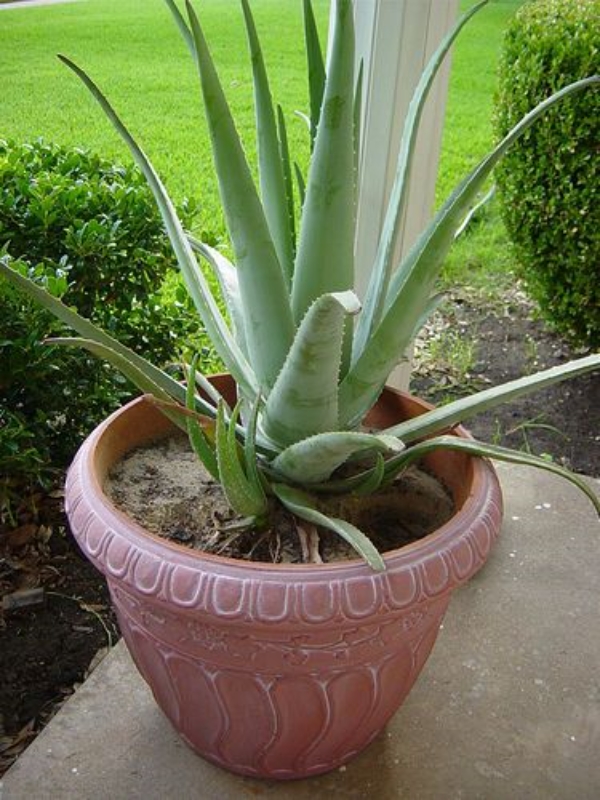How To Grow And Care For A Sweet William Plant
Sweet William Dianthus: Growing Tips and Strategies If you're looking to add a pop of color to your garden, Sweet William Dianthus is an excellent choice. From their brilliant hues to their lovely fragrances, these flowers are sure to make a statement. Fortunately, growing these flowers from seed isn't as difficult as you might think. In this post, we'll go through the essential plant attributes, plant care, pruning, propagation, potting and repotting, common pests and plant diseases, and common problems to help you get started. Plant Attributes Sweet William Dianthus is a biennial or short-lived perennial that grows up to 18 inches tall. They have lance-shaped leaves and branching stems that hold clusters of small flowers. These flowers can be single or double and range in color from white to pink, red, purple or bi-color. They are often used as border plants or to edge garden beds. Sweet Williams prefer full sun and well-draining soils. Plant Care Sweet William Dianthus is a relatively low-maintenance flower. They require moderate watering and light fertilization during the growing season. Pinching young plants will encourage bushier growth, and deadheading spent flowers will promote new blooms. These flowers are fairly drought-tolerant, but excessive moisture will cause root rot. Pruning Sweet William Dianthus should be pruned after blooming to maintain a neat appearance. To do this, cut back the stems to just above the foliage. This will help the plant grow fuller and produce more flowers in the next growing season. Propagation Sweet William Dianthus is easily propagable through seeds, cuttings, or division. Seeds should be sown in the spring or fall, as they require cool temperatures and moisture to germinate. Cuttings should be taken in the late summer or early fall and dipped in rooting hormone before being planted in well-draining soil. Division should be done in the early spring or fall, when the plant has finished flowering. Potting and Repotting Sweet William Dianthus can do well in containers, but they will require more watering than plants grown in the ground. When potting or repotting, use a well-draining potting mix and ensure that the container has drainage holes. Choose a container that is deep enough to accommodate the plant's roots, and don't plant too deeply, as this can cause root rot. Common Pests and Plant Diseases Sweet William Dianthus is susceptible to fungal diseases such as powdery mildew and rust. These can be prevented by ensuring adequate air circulation around the plant and avoiding overhead watering. Insects such as aphids and spider mites can also be a problem. These can be controlled with insecticidal soap or neem oil. Common Problems Too much moisture can cause root rot in Sweet William Dianthus. This can be prevented by ensuring adequate drainage and avoiding overwatering. Poor soil conditions can also cause stunted growth and poor flowering. Adding compost or well-rotted manure to the soil can help improve soil quality. Conclusion Growing Sweet William Dianthus is a rewarding experience that can add vibrancy and excitement to your garden. They are relatively low-maintenance and can be propagated easily through seeds, cuttings or division. By following the tips and strategies outlined above, you can be sure to enjoy the beauty and fragrance of these lovely flowers for years to come. 


www.pinterest.com
www.pinterest.com
freshcutky.co




Post a Comment for "How To Grow And Care For A Sweet William Plant"